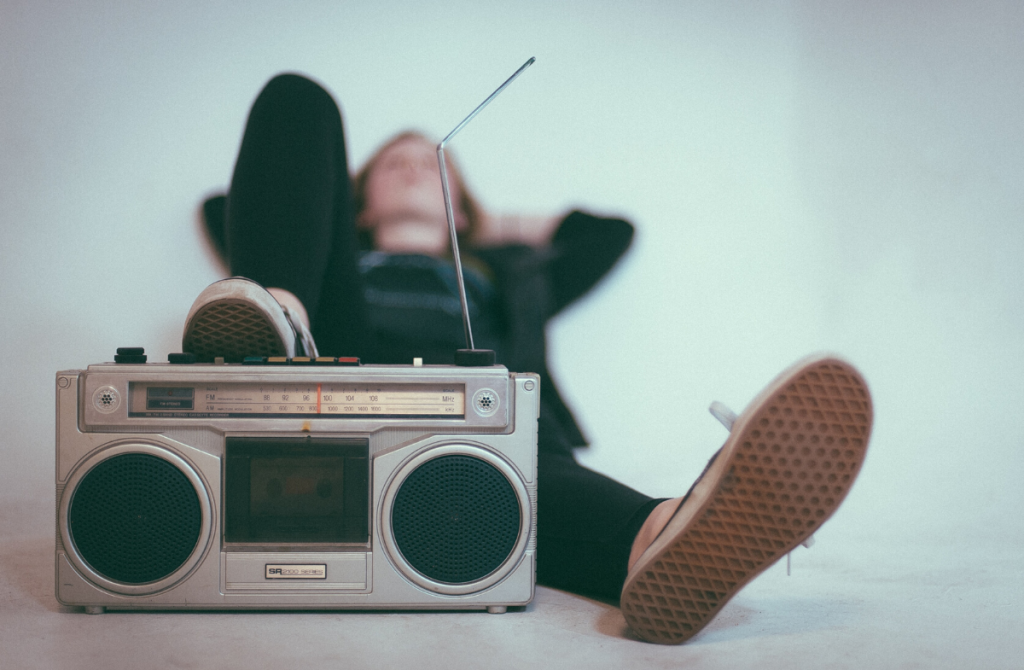With the nationwide Movement Control Order (MCO) that has been keeping Malaysians confined to their homes, one thing is for sure – everyone’s eyes and ears are on the news as never before. Malaysians also continue to find ways to keep themselves occupied and stay entertained during this period and media outlets have played a huge role in this.
A common misconception is that because people are staying at home and driving less and spending, listening to the radio has become a habit left behind since the MCO started. However, this is based on the inaccurate assumption that listeners only tune in to the radio when they’re on the road and there are studies that have debunked this.
Growth from Knowledge (GfK), a data analysis company with over 85 years of experience in combining data and science, recently conducted a Radio MCO study in partnership with Commercial Radio Malaysia (CRM).
This study was to observe how radio listeners are consuming radio during the MCO. The main finding of the study was that 97% of Radio Listeners continue to listen to radio during MCO, 91% of them tune into radio at home and 3 in 5 people say that they are now consuming even more radio at home compared to pre MCO times.
One of the reasons behind this retention in numbers is the availability of a wide range of media options, including connected TVs and streaming platforms.
This finding remains true even for young listeners (15-24 years old) who according to the study, said they are turning to radio to keep themselves occupied and stay entertained, with 37% of the younger listeners have increased their radio listening during MCO.

Radio content
Also according to findings, news, current affairs and politics are the key content drawing listeners to tune in to radio during the MCO (65%), with music playlist/songs dedication session trailing closely at 64%. These numbers show that radio listeners rely on radio for timely and trustworthy information.

While over nine in 10 (91%) trust that radio gives them up-to-date information about COVID-19, 87% also agreed that radio is a good source for information on the same topic. Hence it comes as no surprise that the comedy category accounts for almost half of listeners (46%), indicating that people are turning to radio as a source of entertainment to help lift their mood during these unprecedented times.
Emotions tied to radio
The study took it a step further to investigate how listening to the radio affects people’s emotions and found that it does in fact an important role in lifestyle support with 78% agreeing that radio makes them feel less alone while 72% said that radio makes them less anxious/worried when dealing with the current pandemic. Two-thirds (67%) respondents agreed that listening to radio makes them feel more connected to the community.

Tune-in timings
While the study shows that over 2 in 5 listeners say they have increased listening to radio using home radio or TV set, the timings of when listeners tune in, differs. The 10am to 1pm segment seems to be the most popular during MCO as 49% of the survey participants say they tune in during this slot. 47% say they listen to the radio between 6am to 10am, 45% say 4pm to 8pm, 34% say 1pm to 4pm, 24% say 8pm to 12midnight, only 6% tune in from 12midnight to 6am.
One of the factors that has resulted in a wide range of tune in time among the survey respondents is the convenience and flexibility that radio offers.The research shows that people tend to consume the media alongside other activities as they go about their day; such as when they are browsing the internet (87%), relaxing (85%), doing housework/cooking (77%), eating (75%) or working (58%).

A multi-faceted social platform
In today’s digital era, radio has become an interactive and social media that has transcended from a pure audio experience to one that is multi-faceted and across multi-platforms, and which encourages continued engagements with listeners even when they are not tuned in.
Hence not so surprisingly, the findings also revealed that almost half of all respondents said that they are now using their mobile phone to listen to radio more often as a result of MCO. Over half said they read or interacted with the social media pages of a radio station, a program or a radio presenter when they are spending time on social media.

Why should this matter to marketers?
As COVID-19 and the MCO have placed a multitude of challenges for marketers to engage with their customers as easily, it is comforting to know that one of the oldest media platforms remains a trustworthy avenue for brand activation. Radio continues to be an essential medium with a vital role to play during this time of uncertainty and disrupted routines.
One of the reasons for this remains to be the importance of human connection. Radio presenters are more than just a voice on the radio; they are part of listeners‘ community and circle which people are familiar with and continue to relate to. One of the findings in the study was that 4 in 5 (80%) listeners say they trust the information they receive from their favourite radio presenters.
MARKETING Magazine is not responsible for the content of external sites.
An afternoon of conversations we never had, with leaders most of you never met.
Discover what’s possible from those who made it possible. Plus a preview of The HAM Agency Rankings REPORT 2024.
Limited seats: [email protected]
BOOK SEATS NOW









